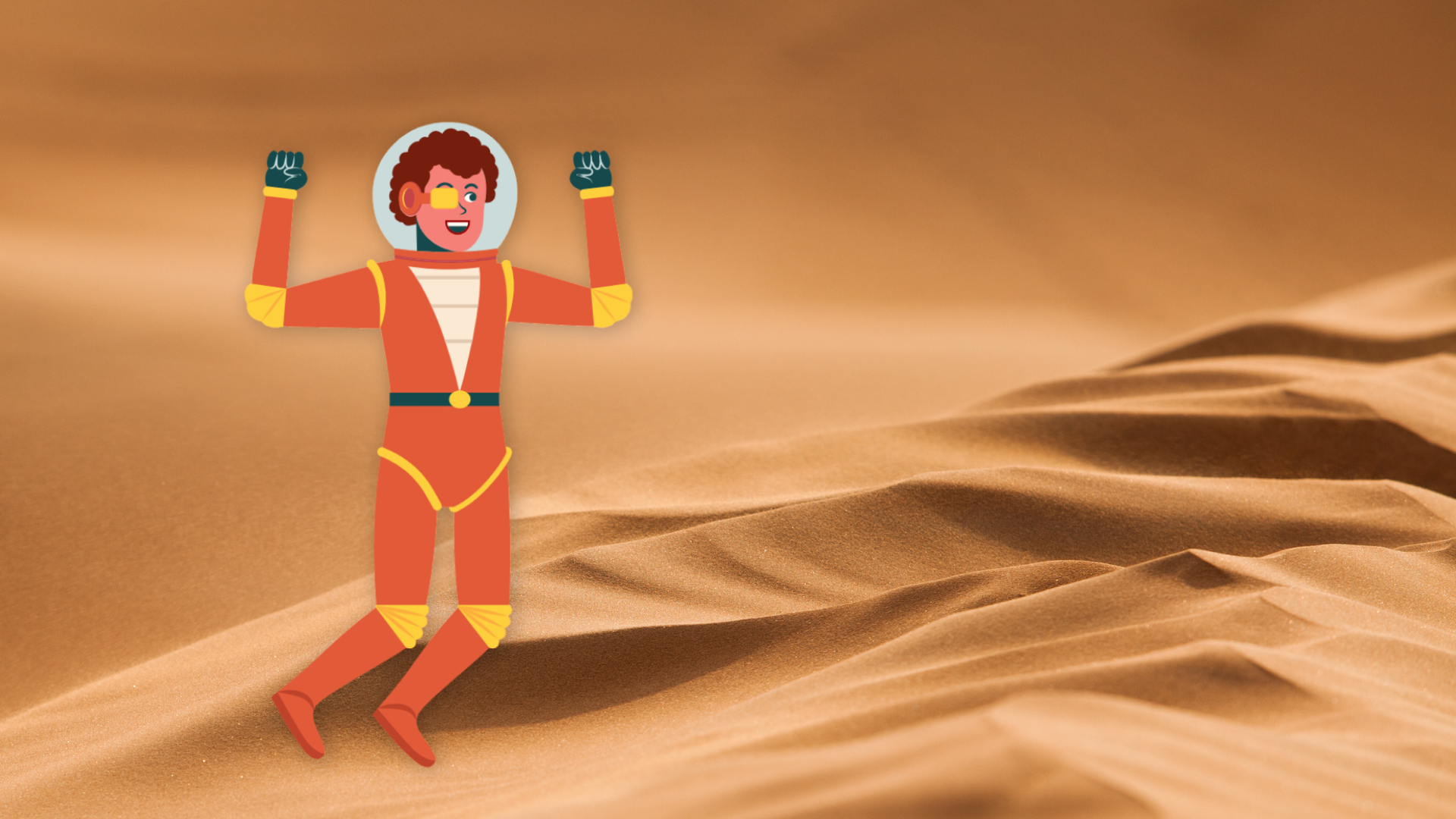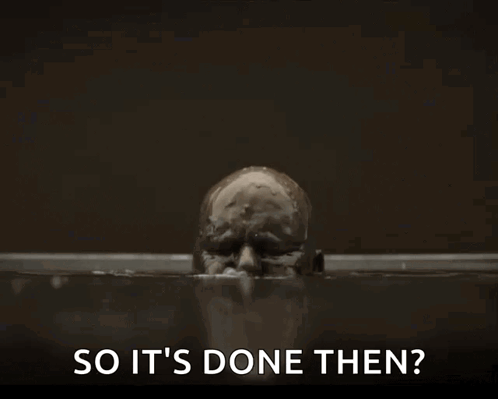Unveiling the Pain Within: Lessons from Dune on Pain Distraction Therapy
In the vast, otherworldly landscapes of "Dune," both in David Lynch's iconic adaptation and Denis Villeneuve's recent masterpiece, there exists a scene that transcends the boundaries of sci-fi cinema to reveal a profound truth about pain and the human mind.

In the vast, otherworldly landscapes of "Dune," both in David Lynch's iconic adaptation and Denis Villeneuve's recent masterpiece, there exists a scene that transcends the boundaries of sci-fi cinema to reveal a profound truth about pain and the human mind.
It's the moment when our hero, Paul Atreides, confronts the excruciating ordeal of placing his hands into a mysterious box, a test orchestrated by a Bene Gesserit, a sort of witch come high religious figure. In this poignant scene, pain becomes a palpable force, tearing at Paul's flesh as he grapples with the intensity of the experience.
What unfolds in that pivotal moment mirrors a concept well-known in the sphere of pain management: distraction therapy. As the Bene Gesserit induces searing pain, Paul's survival depends not on numbing the sensation but on redirecting his focus.
In a remarkable display of mental fortitude, he recites a sacred text, using the power of his mind to transcend the physical agony.

The Power of Distraction in Pain Management
Pain distraction therapy is a recognised technique where individuals immerse themselves in activities to divert their attention from the pain they're experiencing.
The rationale is simple yet profound – by engaging the mind elsewhere, the perception of pain diminishes. Paul's recitation in the face of searing pain is an extraordinary portrayal of this very principle.
Now, let's draw parallels to our own reality. Consider substituting Paul's recitation with an activity prevalent in our tech-driven age – watching or playing video games, or immersing yourself in virtual reality (VR).
The essence remains the same: distraction. Just as Paul's mind was absorbed in reciting the sacred text, individuals engaged in gaming or VR become engrossed in a different world, effectively diverting their attention from physical discomfort.

Video Games and VR as Modern-Day heroes
In the intricate dance between pain and distraction, video games and VR emerge as contemporary anti-pain heroes, offering an alternative path for managing discomfort. The immersive nature of these experiences captivates the mind, creating a virtual realm where pain takes a back seat to the unfolding narratives or interactive challenges.
Imagine slipping on a VR headset, entering a virtual environment where the boundaries of reality blur, and embarking on an adventure or quest that demands your full attention. The vivid landscapes, dynamic gameplay, and interactive elements serve as a potent force, drawing focus away from the constraints of the physical body.
Likewise, engaging in video games orchestrates a symphony of distraction.
Whether navigating intricate storylines, participating in competitive battles, or solving complex puzzles, players find themselves ensconced in a world that demands their cognitive presence.
The result? A perceptual shift where the intensity of pain is diminished.
Beyond the Box: The Therapeutic Potential
The parallels between Paul's trial in "Dune" and modern pain distraction therapy unveil a profound truth: the mind's resilience in the face of adversity. While Bene Gesserit tests may be reserved for the realms of sci-fi, the therapeutic potential of distraction remains firmly grounded in reality.
As we navigate the intricacies of pain management, the insights from "Dune" invite contemplation. What if, in the face of physical discomfort, we could transport ourselves to alternate realities crafted by pixels and algorithms? What if the controller or VR headset became a conduit for resilience, a tool to reshape our perception of pain?
The implications extend beyond mere distraction; they delve into the realm of empowerment. Through the lens of modern technology, we discover that, much like Paul Atreides, we possess the ability to confront pain not as an insurmountable force but as a challenge that can be met with the formidable strength of the mind.
In the grand tapestry of pain management, the lessons from "Dune" echo a timeless truth: our minds harbor the power to shape our experiences, transcending the boundaries of the physical.
Whether facing a mysterious box on a distant planet or our own corporeal struggles, the key to resilience lies not in the absence of pain but in the mastery of the mind over it.
As we venture into the part-charted territories of pain distraction therapy, we may find, much like Paul, that the power to endure resides within – a force waiting to be unleashed in the face of adversity.



